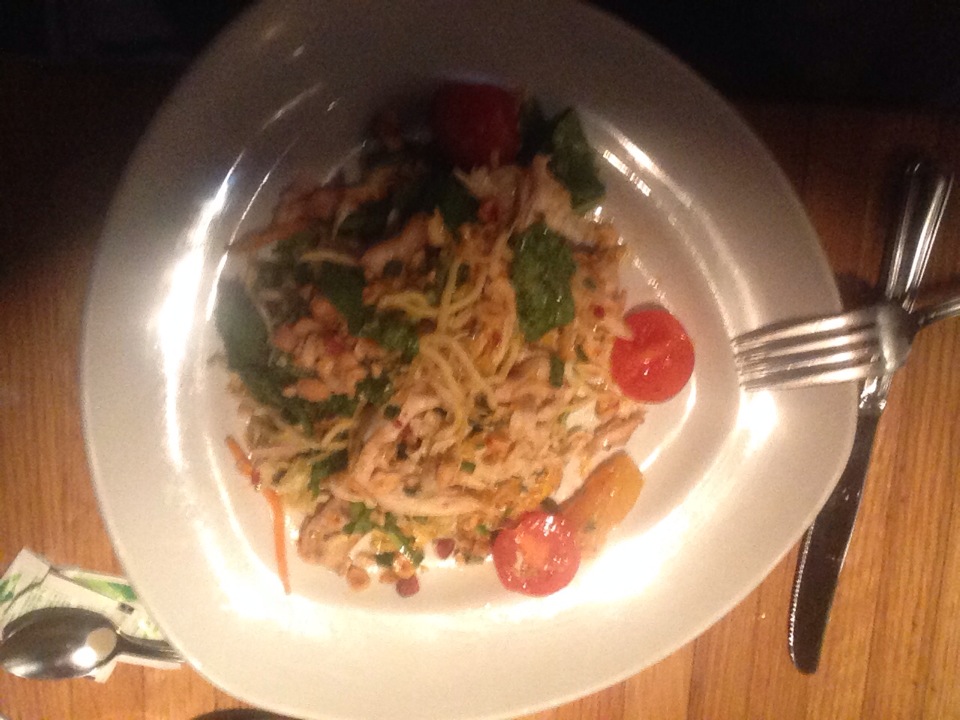WW2 Recipes with Rationing: Discovering the Best Wartime Dishes
Guide or Summary:WW2 Recipes with Rationing often relied on pantry staples that were readily available or could be grown in victory gardens. Ingredients lik……
Guide or Summary:
- WW2 Recipes with Rationing often relied on pantry staples that were readily available or could be grown in victory gardens. Ingredients like flour, sugar, and meat were rationed, so substitutes and clever cooking techniques were essential. For example, meatless meals became more common, and cooks used beans, lentils, and other legumes as protein sources. Additionally, home bakers got creative with sugar substitutes like honey, syrup, or even mashed potatoes to sweeten their treats.
- WW2 Recipes with Rationing also included a variety of soups and stews, which were economical and could stretch a small amount of meat or vegetables into a meal for many. "Victory Stew" was a popular option, made with whatever vegetables were on hand, a bit of meat or bone for flavor, and thickened with barley or oats. These one-pot meals were easy to prepare and provided much-needed nourishment during the war.
During World War II, food rationing significantly impacted daily life and the way meals were prepared. WW2 Recipes with Rationing offer a fascinating glimpse into the resourcefulness and creativity of home cooks during this challenging period. These recipes not only reflect the constraints of the time but also demonstrate how people made the most of limited ingredients to create nourishing and tasty dishes.

WW2 Recipes with Rationing often relied on pantry staples that were readily available or could be grown in victory gardens. Ingredients like flour, sugar, and meat were rationed, so substitutes and clever cooking techniques were essential. For example, meatless meals became more common, and cooks used beans, lentils, and other legumes as protein sources. Additionally, home bakers got creative with sugar substitutes like honey, syrup, or even mashed potatoes to sweeten their treats.
One popular recipe from this era is the "Woolton Pie," named after Lord Woolton, the British Minister of Food. This hearty vegetable pie was designed to be nutritious and filling, using a variety of vegetables that were not rationed. The pie typically included potatoes, carrots, turnips, and cauliflower, all cooked in a simple stock and topped with a whole-wheat crust. The result was a satisfying meal that could feed a family without using any precious rationed ingredients.
Another classic dish is the "Mock Apple Pie," which ingeniously used Ritz crackers, sugar, and cinnamon to mimic the flavor and texture of apples. This recipe showcased the ingenuity of home cooks, who found ways to enjoy familiar flavors even when key ingredients were scarce. The crackers were soaked in water, then combined with sugar, cinnamon, and a bit of lemon juice to create a filling that closely resembled apple pie.

WW2 Recipes with Rationing also included a variety of soups and stews, which were economical and could stretch a small amount of meat or vegetables into a meal for many. "Victory Stew" was a popular option, made with whatever vegetables were on hand, a bit of meat or bone for flavor, and thickened with barley or oats. These one-pot meals were easy to prepare and provided much-needed nourishment during the war.
Baking during WWII required a lot of creativity due to the rationing of sugar and butter. Recipes like "Eggless, Milkless, Butterless Cake" became popular. This cake, also known as "Wacky Cake," used ingredients like vinegar and baking soda to achieve a light and fluffy texture without the need for eggs or dairy. It was often flavored with cocoa powder or spices, making it a delicious treat despite the limited ingredients.
The concept of "Make Do and Mend" was not only applied to clothing but also to cooking. Leftovers were never wasted and were often transformed into new dishes. For example, leftover vegetables from dinner might be turned into a savory "Bubble and Squeak" for breakfast the next day. This dish combined cooked potatoes and cabbage, fried together until crispy and golden, making a delicious and frugal meal.

In summary, WW2 Recipes with Rationing highlight the resilience and ingenuity of home cooks during a time of scarcity. These recipes made the most of available ingredients, ensuring that families could still enjoy tasty and nutritious meals despite the challenges of rationing. Exploring these wartime dishes offers a unique perspective on history and a reminder of the creativity that can flourish even in difficult times. Whether you're a history enthusiast or a home cook looking for inspiration, these recipes are a testament to the enduring spirit of making do with what you have.